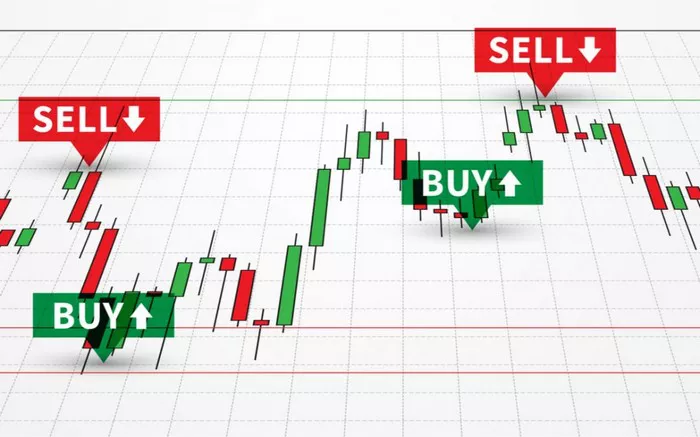Nvidia (NASDAQ: NVDA), a leading force in the artificial intelligence (AI) sector, recently reported its fiscal 2025 second-quarter financial results. Expectations were sky-high as the company’s graphics processing units (GPUs) are crucial in powering the large language models (LLMs) that make generative AI possible. However, despite delivering strong numbers, Nvidia’s stock saw a decline, leaving many investors puzzled.
Unmatched Growth, But Concerns Arise
The soaring demand for AI has driven Nvidia’s stock up by more than 150% this year and over 750% since the rapid adoption of AI began early last year. However, as Nvidia’s stock continued to surge, some investors started to worry that it had risen too quickly. The question on everyone’s mind was whether the company could maintain the hectic pace of AI adoption. Nvidia’s latest results seemed to affirm that growth would continue, but the market’s reaction suggested otherwise.
Stellar Financial Performance
Nvidia reported record revenue of $30 billion for the second quarter, a 122% increase year over year and a 15% rise quarter over quarter. The company also posted adjusted earnings per share (EPS) of $0.68, surpassing analysts’ expectations of $28.6 billion in revenue and $0.64 EPS. The results exceeded even Nvidia’s own forecast of $28 billion in revenue.
The standout performer was Nvidia’s data center segment, which includes chips used for AI. This segment generated $26.3 billion in revenue, a 154% year-over-year increase and a 16% sequential rise, driven by strong AI adoption among cloud computing and hyperscale data center operators.
Beyond AI: Growth Across Segments
While AI played a significant role in Nvidia’s growth, the company saw gains across all its segments, albeit to a lesser extent:
Gaming Segment: Grew by 16% to $2.9 billion.
Professional Visualization Segment: Increased by 20% to $454 million.
Auto Segment: Rose by 37% to $346 million.
Original Equipment Manufacturer (OEM): Jumped by 33% to $88 million.
Nvidia’s gross margin also improved to 75.1%, up from 70.1% in the previous year. However, it edged lower sequentially from 78.4% in Q1 due to inventory provisions for its Blackwell chips and changes in product mix, as noted by CFO Colette Kress.
Looking Ahead: Nvidia’s Future Prospects
CEO Jensen Huang highlighted the strong demand for Nvidia’s current Hopper chip and the excitement surrounding the upcoming Blackwell architecture. In recent industry tests, Nvidia’s Hopper H200 and Blackwell B200 chips outperformed competitors in AI inference, reinforcing the company’s position as the leader in AI processing.
Despite rumors of potential delays in the Blackwell chips due to design flaws, Nvidia confirmed that it had shipped customer samples in the second quarter and had made adjustments to improve production yield. The company expects to begin ramping up Blackwell production in the fourth quarter, continuing into fiscal 2026.
Robust Cash Flow and Shareholder Returns
Nvidia’s impressive growth has also translated into substantial cash generation, with free cash flow more than doubling to $13.5 billion. In response, the company is increasing its shareholder returns, with the board approving an additional $50 billion in share buybacks, adding to the $7.5 billion remaining from its previous authorization.
Market Reaction: A Case of High Expectations
Despite Nvidia’s strong performance and positive outlook, the stock was down about 7% in after-hours trading. Investors seemed disappointed by the inevitable deceleration in Nvidia’s growth rate, as management guided for $32.5 billion in revenue for the third quarter, representing 80% year-over-year growth. While this is still a remarkable achievement, it is a slowdown from the triple-digit growth Nvidia has seen over the past five quarters.
Conclusion: Nvidia’s Future Remains Bright
Nvidia’s recent results showcase its durable competitive advantage and robust growth potential. Although the stock’s recent decline might seem concerning, the company’s long-term investment thesis remains intact. Nvidia continues to lead the AI revolution, and its future prospects suggest that the company has a long runway for growth ahead. Investors may need to adjust their expectations, but Nvidia’s star is still shining brightly.
[inline_related_posts title=”You Might Be Interested In” title_align=”left” style=”list” number=”3″ align=”none” ids=”3262,3192,3189″ by=”categories” orderby=”rand” order=”DESC” hide_thumb=”no” thumb_right=”no” views=”no” date=”yes” grid_columns=”2″ post_type=”” tax=””]






























